Polestar 2 Review: The 402bhp EV That Might Tempt You Away From ICE
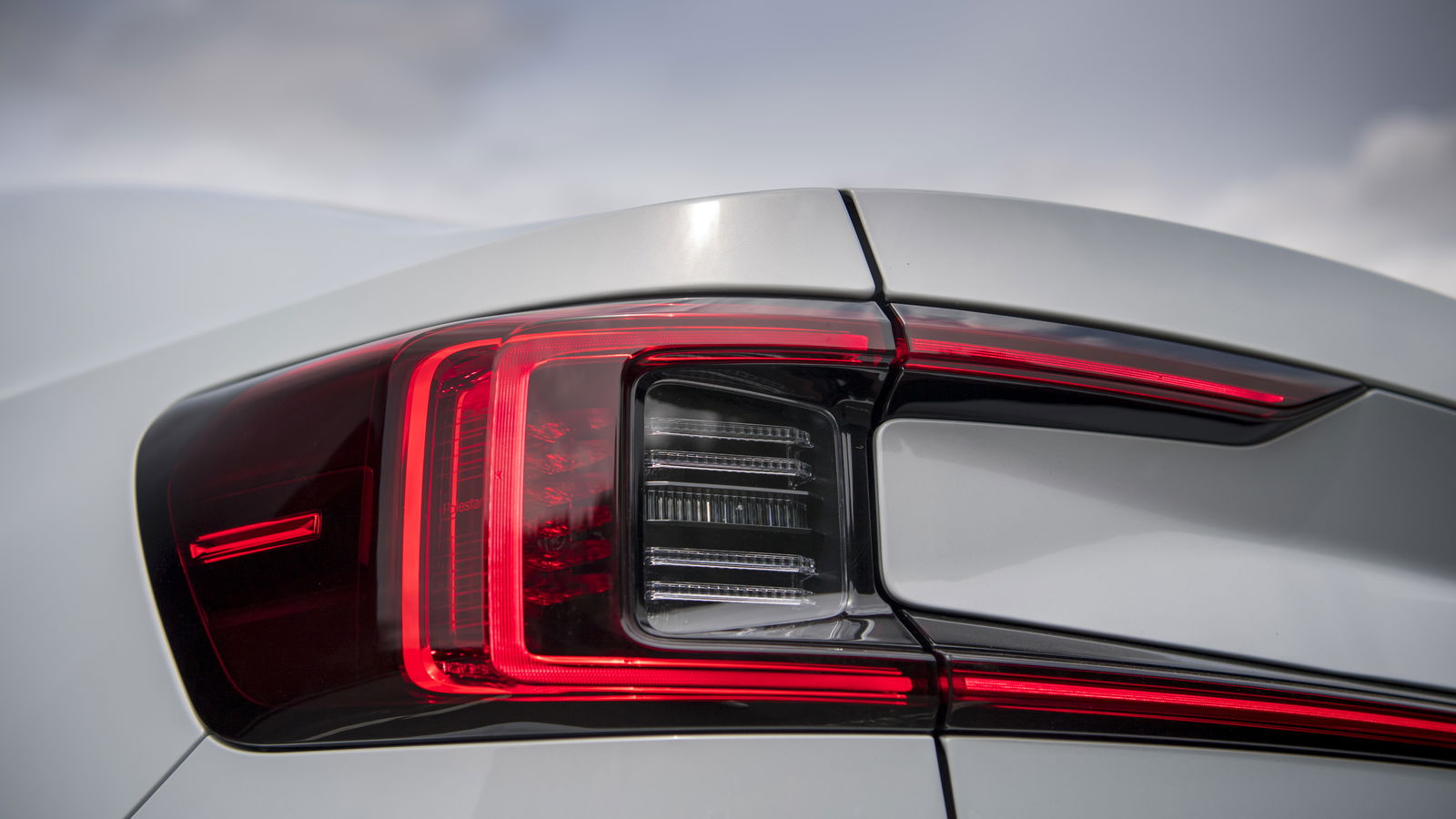
Pros
Cons
Having spent the last few years convincing us all that ‘Polestar’ meant go-faster bits on a relatively ordinary family car, Volvo now wants us to believe it stands for… well, still that, but also electric things.
Polestar now exists as a standalone brand responsible for the hybrid 1 and the fully-electric 2 while also making ‘Engineered by’ packs of spangly gold performance parts for cars like the V60 T8. Polestar is supposed to be the young, cool brand unburdened by Volvo’s 93-year history of making safe, sensible things. (While also tapping into Volvo’s 93-year history of making safe, sensible things, so people don’t think they’re buying from some obscure start-up).
It’s not the easiest trick that Volvo, Polestar and Geely are trying to pull off, so the car it all hinges on could do with being very good. And that car is the 2; the 1 was the exotic headline grabber, but it’s the more mass-market 2 that’ll be doing the heavy lifting.
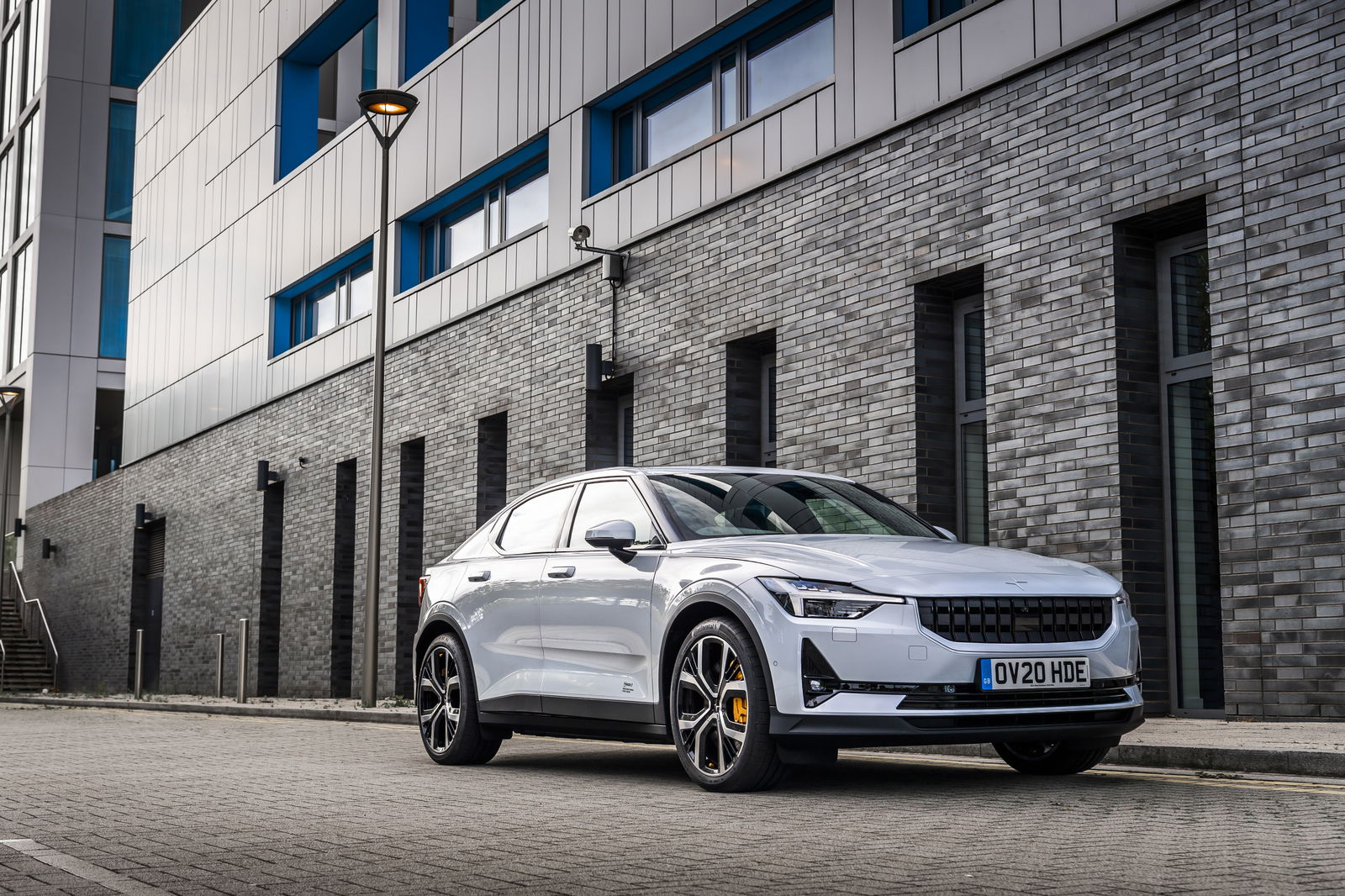
On the first approach, it’s off to a curious start; despite Polestar’s insistence that the 2 isn’t a ‘fastback’, nor a crossover, it rides high, with its chunky, stunted bodywork making it look quite short. In reality, it’s only 10cm off the length of a BMW 3-series.
The Polestar 2’s lofty ride height is - we’re told - partly to do with the packaging constraints involved with having a big slab of batteries under the floor but also a conscious decision to give an elevated driving position without giving the world yet another crossover. However, Polestar will eventually make one; I guess that segment is just too damn lucrative to ignore entirely. In any case, the difficulty of categorising the 2 doesn’t matter, because it looks handsome in the metal.
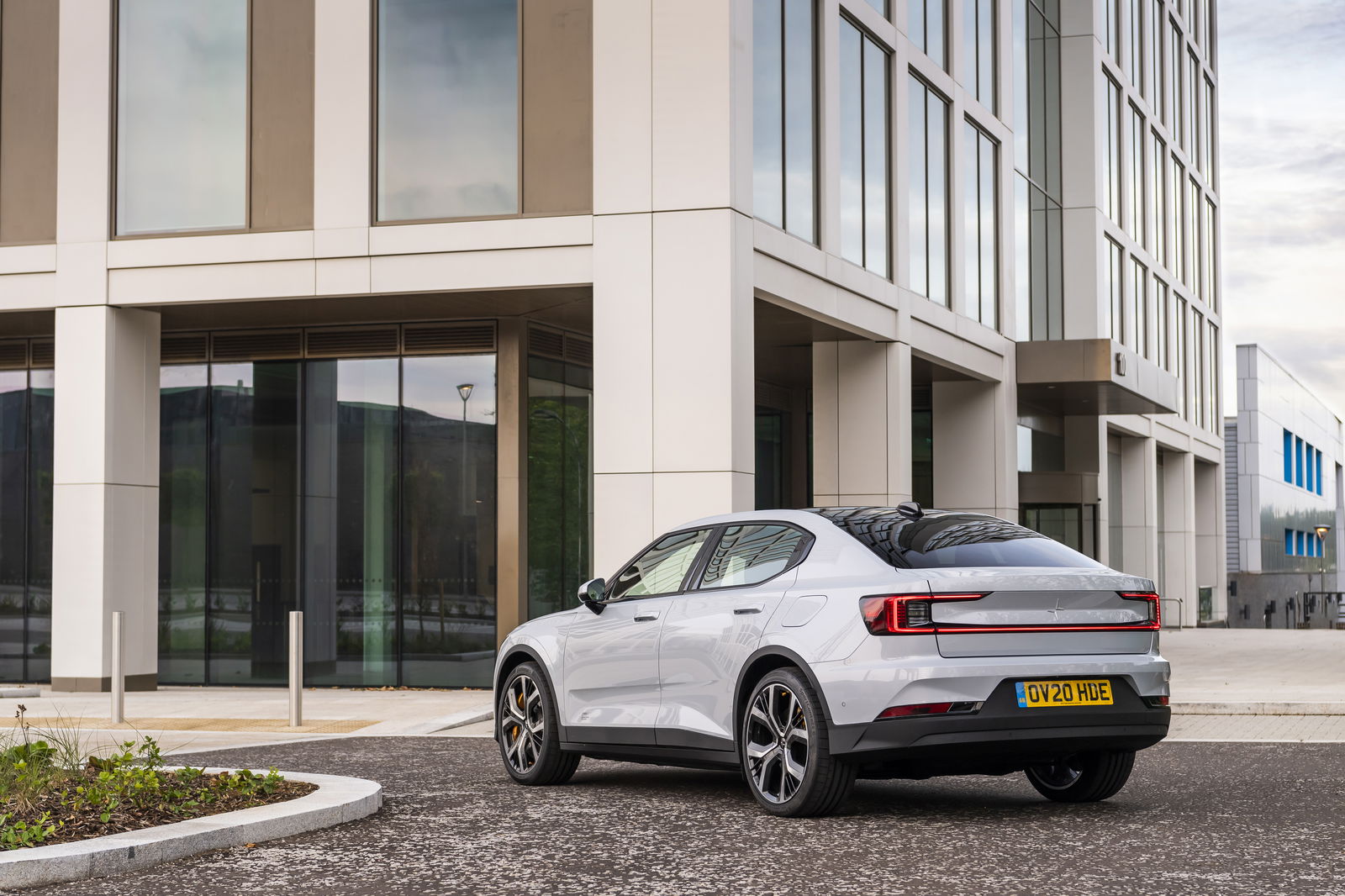
The inside is smart too, with a design that wouldn’t look out of place in a Volvo, but clad in much more interesting materials including something called ‘Weave Tech’. During your first few minutes in the solidly-built cabin, it’s hard not to start weirdly caressing things to see how they feel. The 2’s cabin is “vegan as standard,” although if you want cow-based stuff, responsibly sourced leather is a (costly) option.
Yes, there is one of those floating tablet-style screens (measuring 11 inches across) in the middle of all this, and yes, you do need to use it for climate functions. I expected this to grate, but the execution here is better than most. Temperature settings are permanently displayed at the bottom of the screen, and most other functions are rarely more than a couple of prods away. The Android Automotive OS (Polestar is the first brand to use this) is slick, fast and easy to use. Some carmakers could really do with ditching their own clunky systems and adopting this.
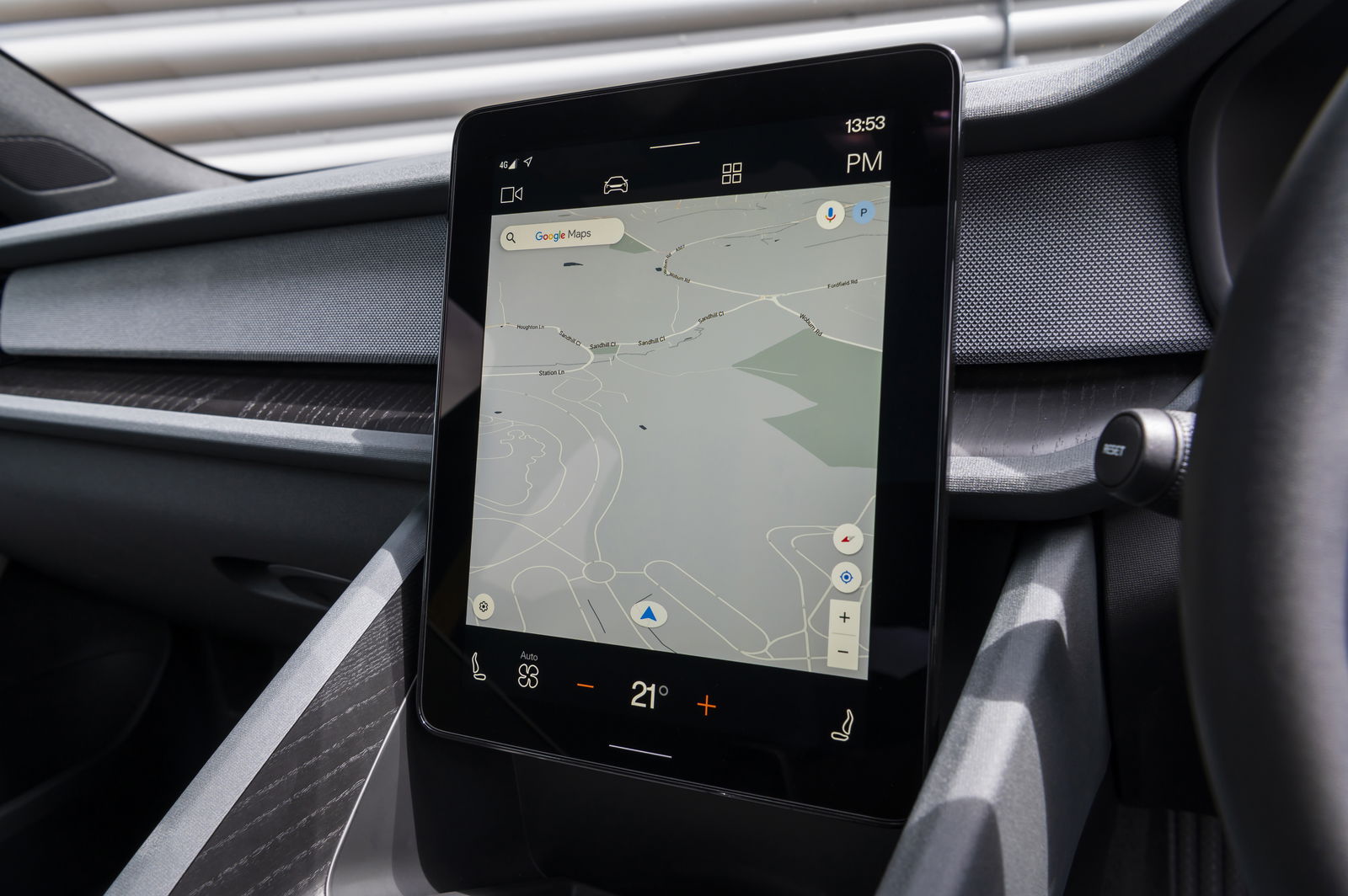
There’s no start button to get the Polestar 2 ready; your buttocks on the driver’s seat are what wakes the car up. Drive is selected via the hollow, hexagonal gear selector, and how the car behaves next depends on settings. There’s a full ‘one-pedal’ driving mode which gives strong motor braking whenever you lift off, which takes some getting used to, but is worth persevering with.
Since it supplies the biggest regenerative hit, it’s the most efficient way to drive. You can switch this off entirely for a more traditional throttle feel, or opt for a mode that’s somewhere in between. Putting your foot to the floor sees the 2 pick up and shoot down the road with enthusiasm, feeling far quicker than the 4.7sec 0-62mph time would suggest. You can thank the instant delivery of 487lb ft for that. Power, meanwhile, is at 402bhp.
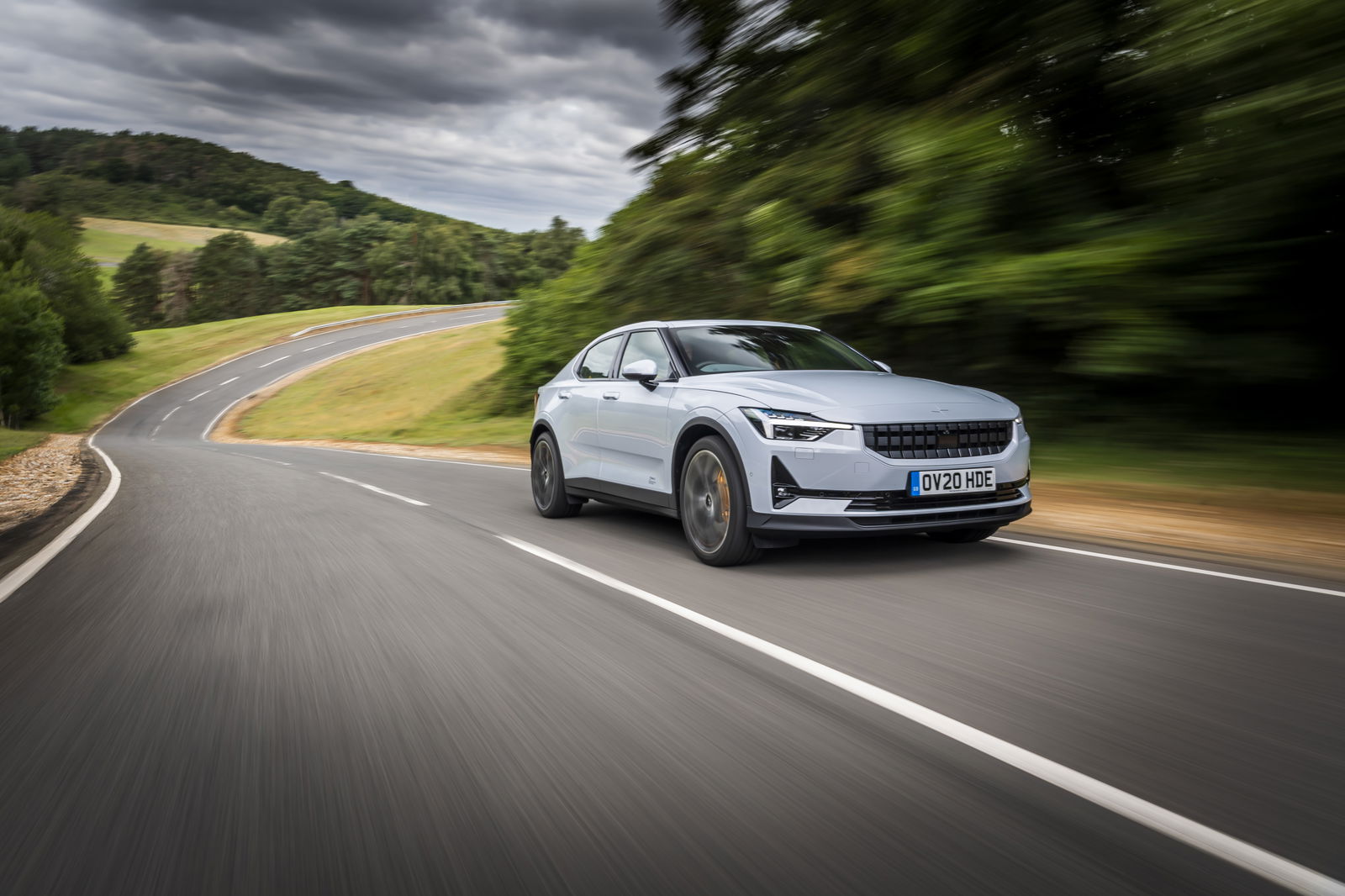
The output of the fore and aft motors is identical, although, in hard cornering, the front axle’s unit is dialled back slightly to give a slight hint of oversteer. We only occasionally felt this, however; most of the time it seems to be the front that wants to give way. Grip and traction are very good, though, thanks in large part to decent tyres; the 2 uses Continental Sport Contact 6 hoops when the Performance Pack is specced.
On the specced-out launch edition cars coming to the market first, that option is £900, which seems like a bit of a bargain when you’re getting performance Brembo brakes finished in something brilliantly called ‘Swedish gold’, plus Ohlins dampers. However, the shocks are manually adjustable, which just seems like an odd thing for a car like this. I can’t imagine many Polestar 2 owners lifting the bonnet to give their dampers a few clicks of adjustment.
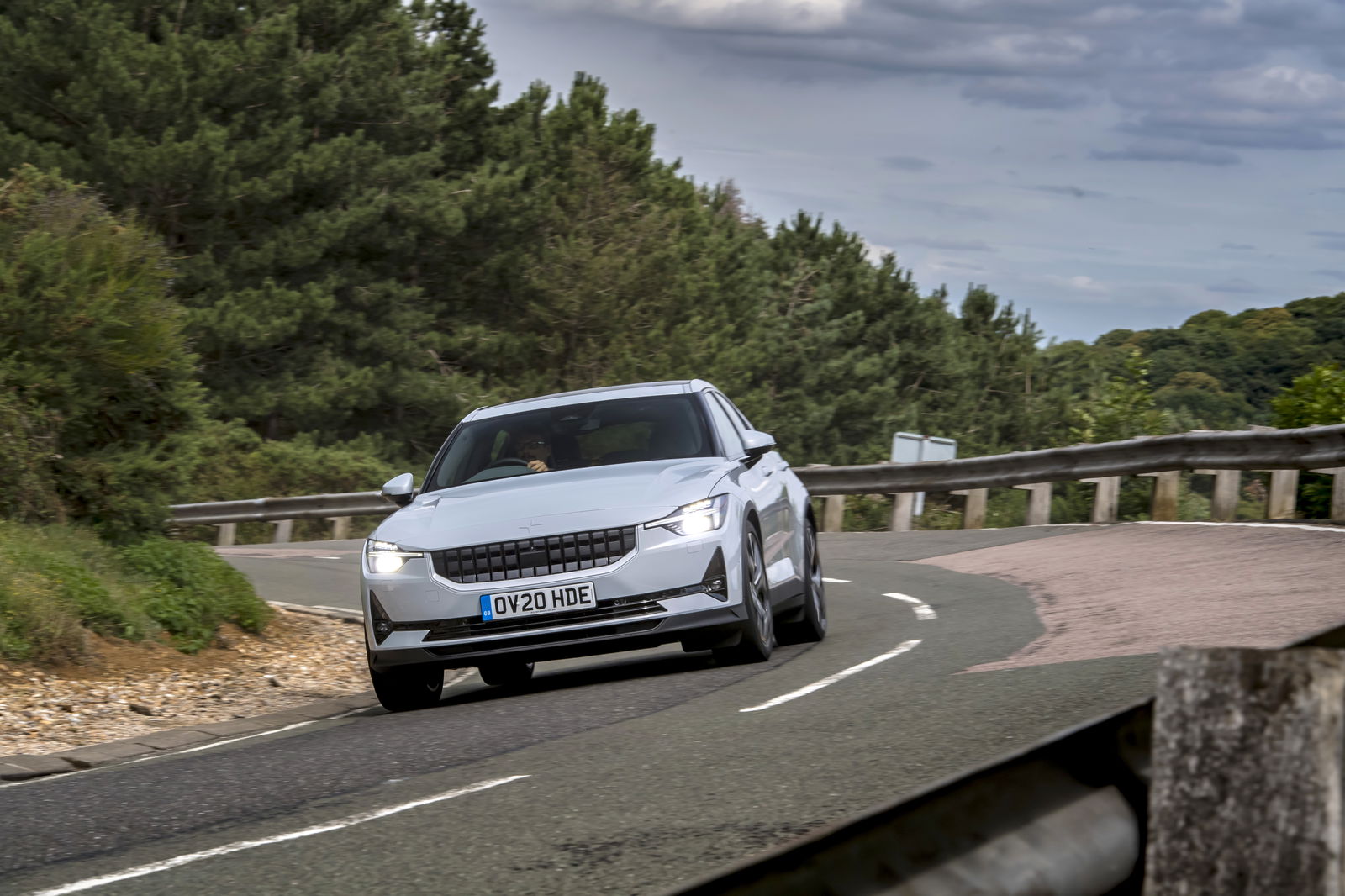
Out of the 22 settings, our test car was left in the middle, which seemed to offer a good compromise between comfort and stability. The body roll isn’t excessive, and fast changes of direction are possible without the 2 getting flummoxed, despite it weighing a borderline obese 2.1 tonnes. As with a lot of EVs, the Polestar ‘fastback’ gets away with it by having that heavy slab of battery cells mounted low, keeping the centre of gravity closer to the tarmac.
As we’ve experienced on all modern Volvos, the power steering is too keen to self-centre, giving it a strangely ‘springy’ feel, but that’s perfectly liveable. Overall in the dynamics department, the Polestar 2 does more than it needs to; despite the M3-baiting power and torque figures, this isn’t supposed to be a super saloon.
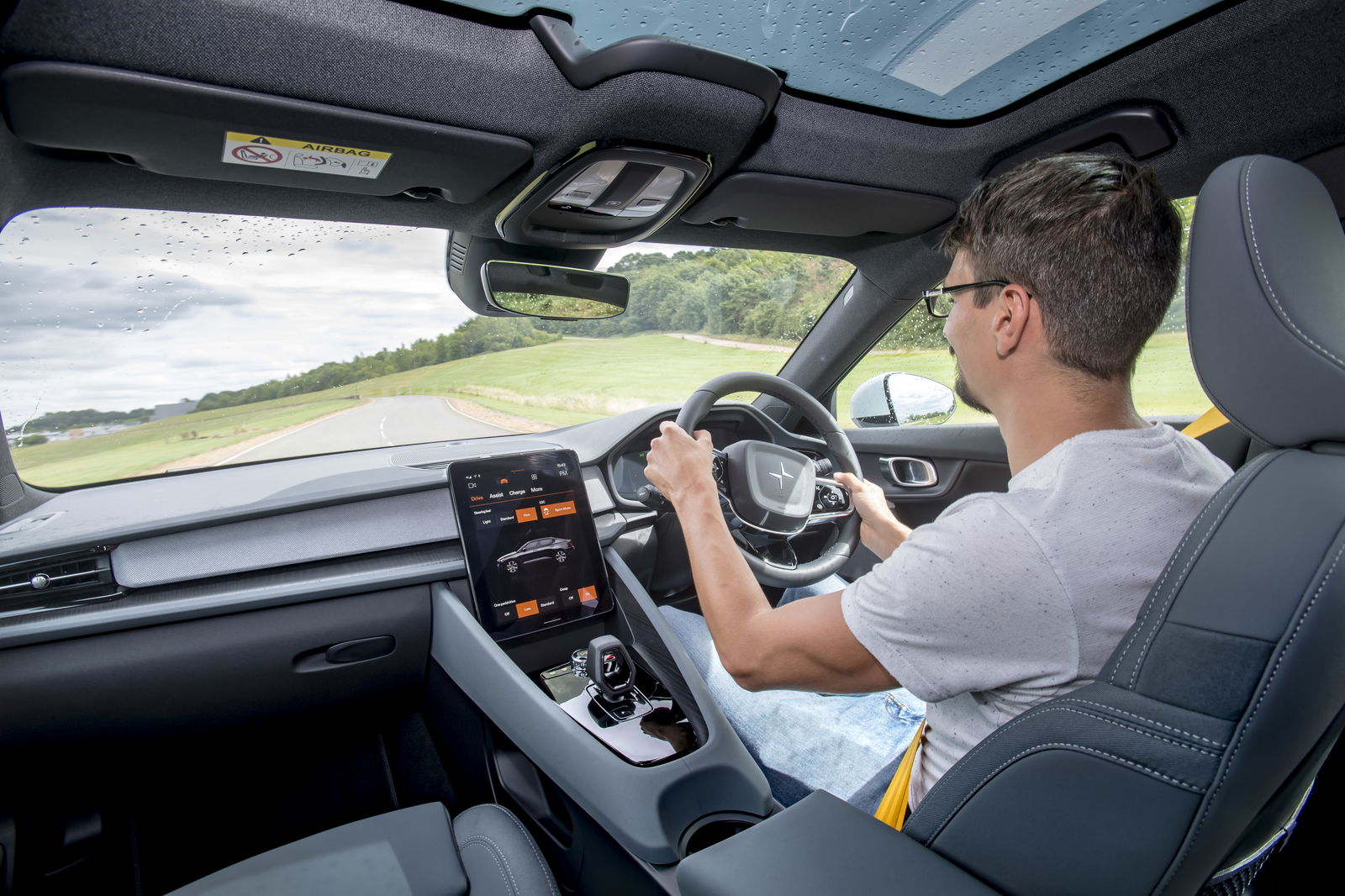
When driven normally, the 2 does leave you wanting for a slightly smoother ride, so it is probably worth leaving the Performance Pack option left unticked. Refinement is great, though, and if there were any conspicuous NVH issues, you’d know about it since there’s no engine note to drown them out.
According to the WLTP test cycle, the Polestar 2 has a range of up to 292 miles, although fully juiced, the car gives an estimate of 260 miles. Our motorway-heavy drive home from the launch event yielded consumption of around 30kWh per 100 kilometres, but drive more sympathetically and mix in some urban miles, and a real-world range well over 200 miles should be easily doable.
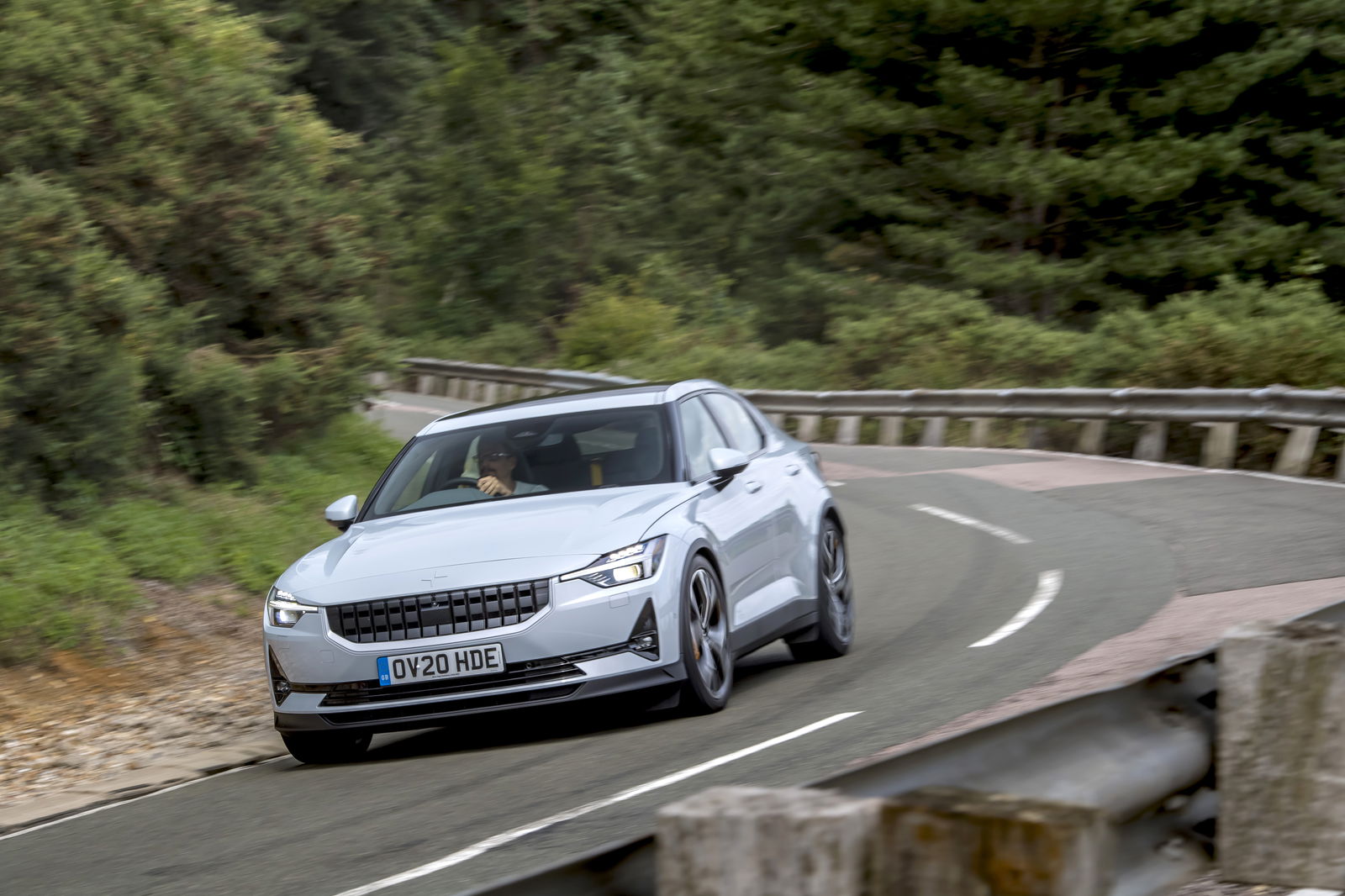
When you’re out of charge, it takes just under 12 hours to bring the 78kWh battery to 100 per cent using a 7kW domestic wall box. The 2 has 150kWh charging capability, so if you can find a powerful enough station (they’re still like rocking horse excrement currently), you’re looking at an 80 per cent charge in under 30 minutes. That’s the level Polestar recommends you charge to most of the time in any case, to prolong battery life.
Firm damping on Performance Pack models aside, it’s hard to find much wrong with the Polestar 2. Perhaps it might have been roomier if it was built from the ground up as an EV rather than using Volvo/Geely’s CMA platform, but it’s not cramped either.
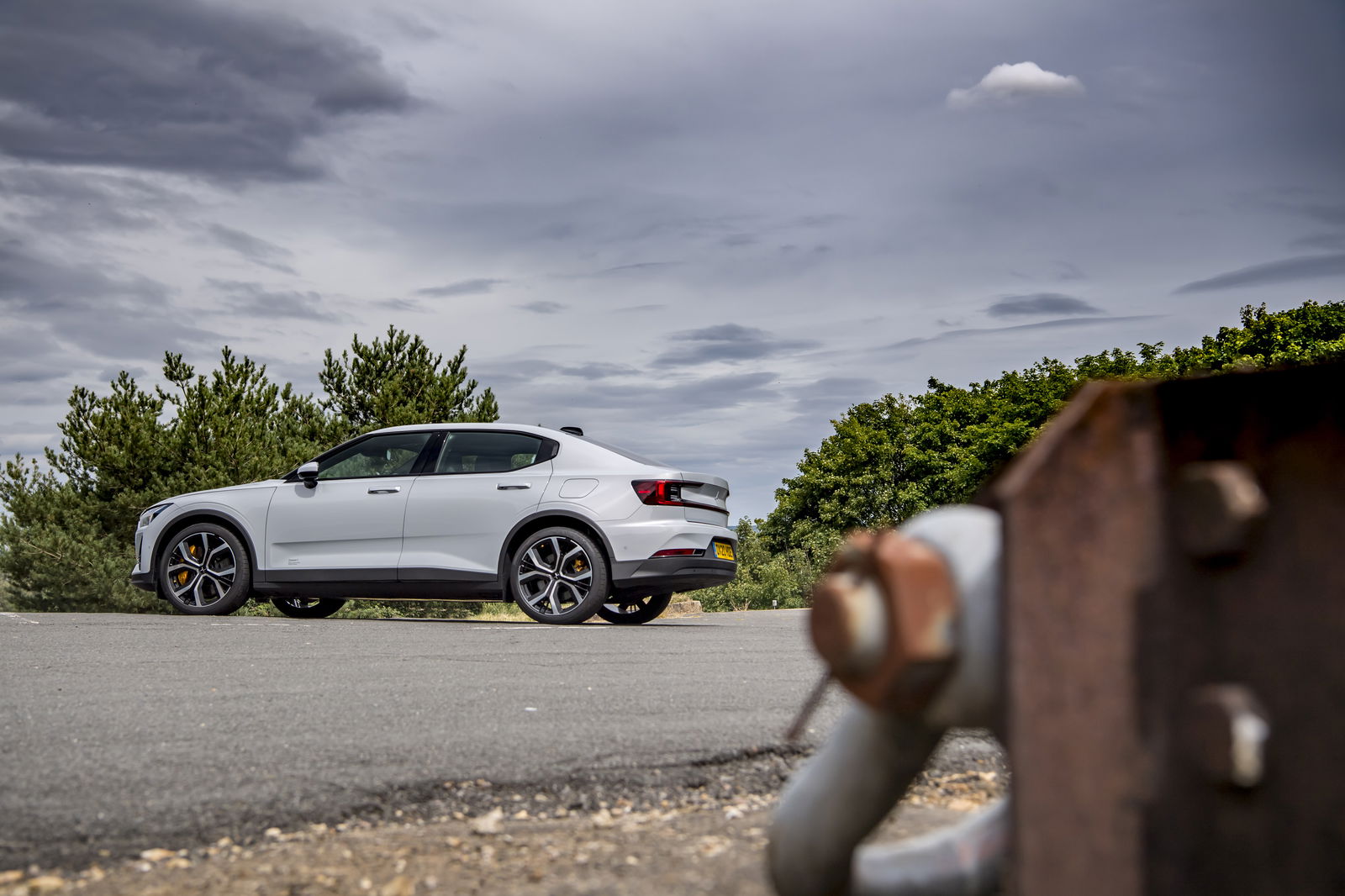
It’s not especially cheap at £49,900, of course; for the same money, you’ll be able to get into a Tesla Model 3 that’s faster and quite a bit lighter. That will be at the expense of build quality, of course, and it’s worth pointing out there are cheaper 2s on the way.
The Polestar 2 isn’t just a strong choice in the EV world, either. Unless you’re regularly smashing out journeys well beyond the car’s healthy range, it’d be a great alternative to a mid-to-high-spec BMW 3-series. Quite the feat when not so long ago, an ‘electric car’ meant something like a Gee Whizz. The Polestar 2 is another sign of how far the genre has come.
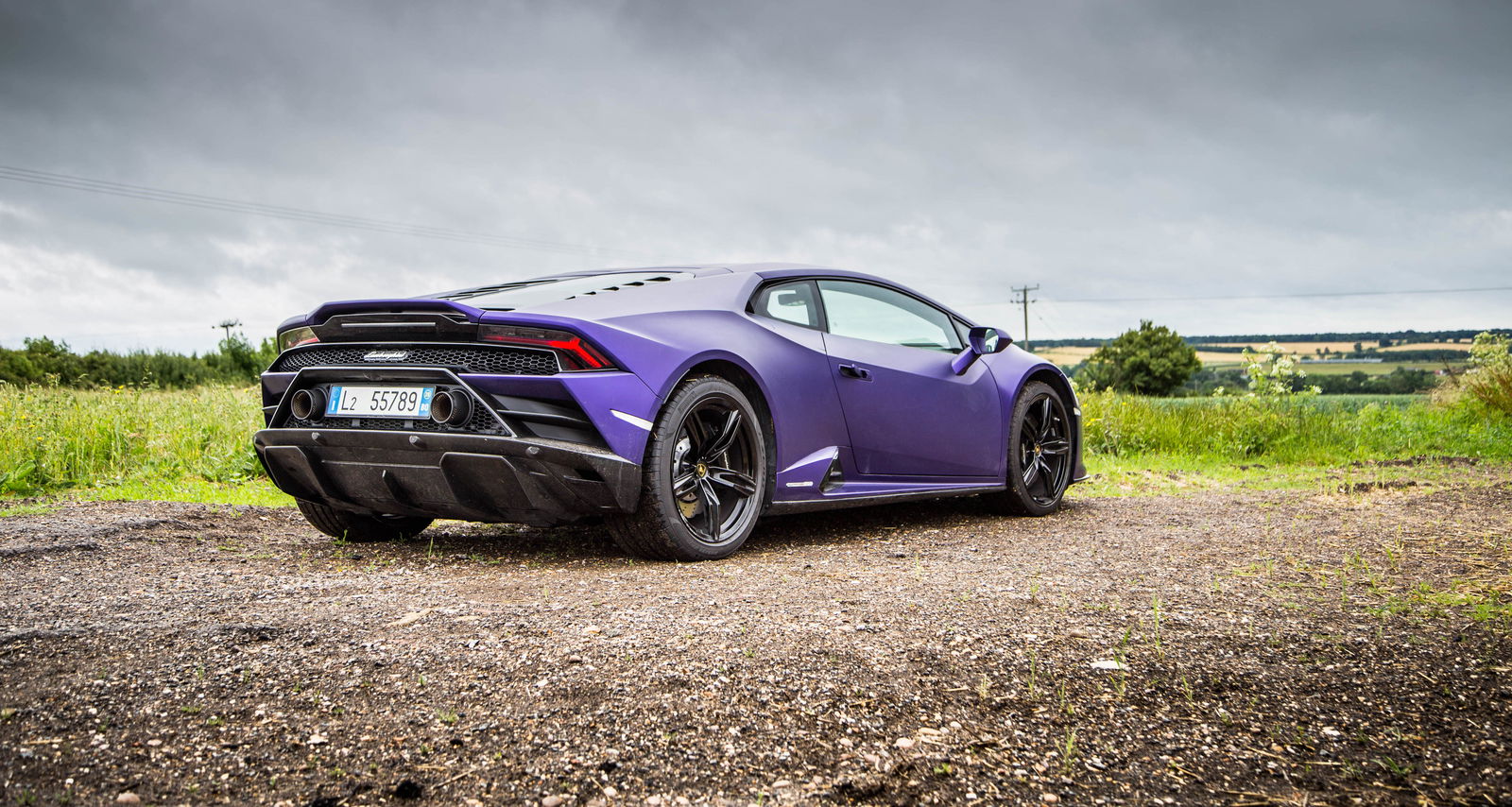
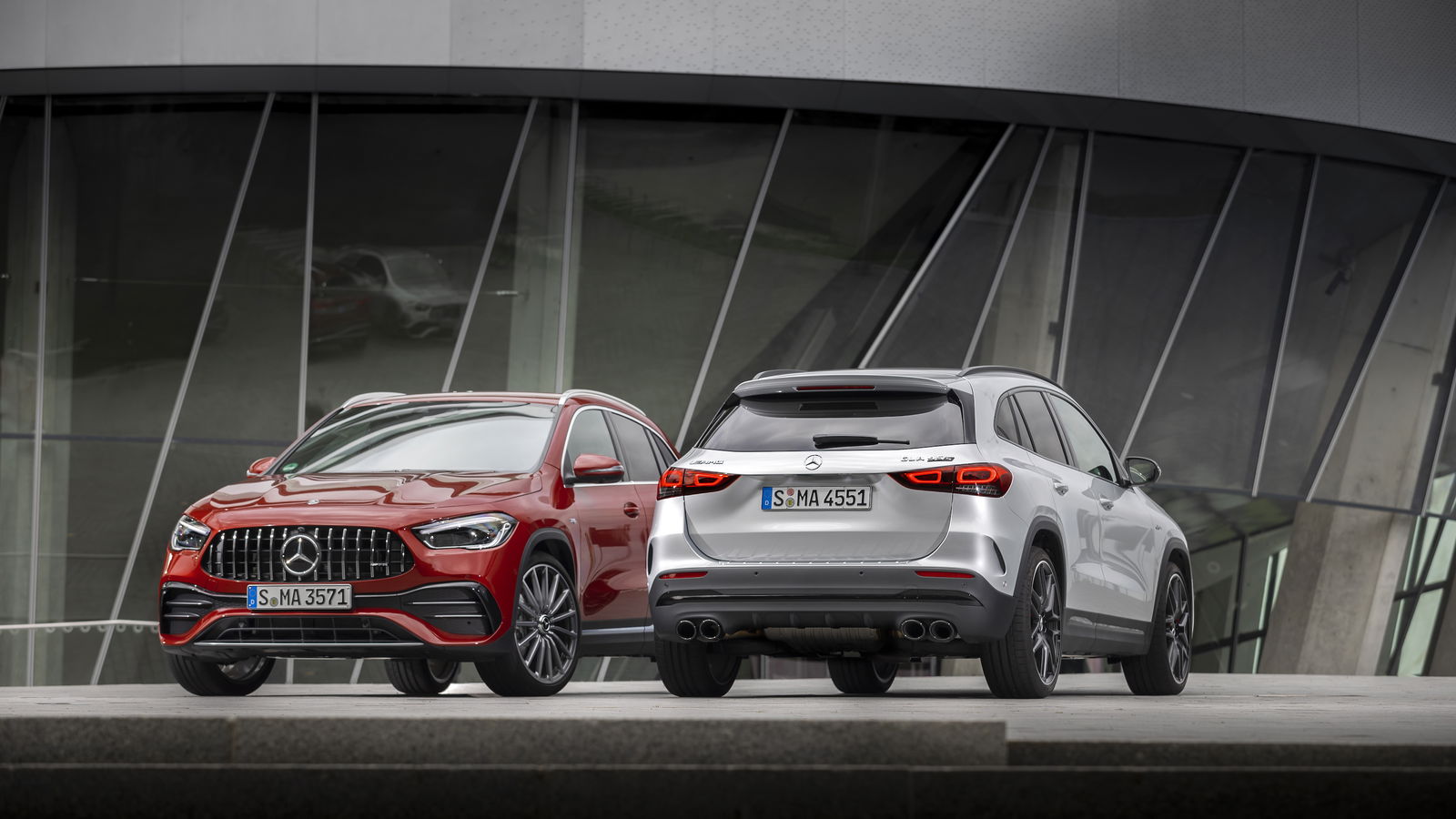

Comments